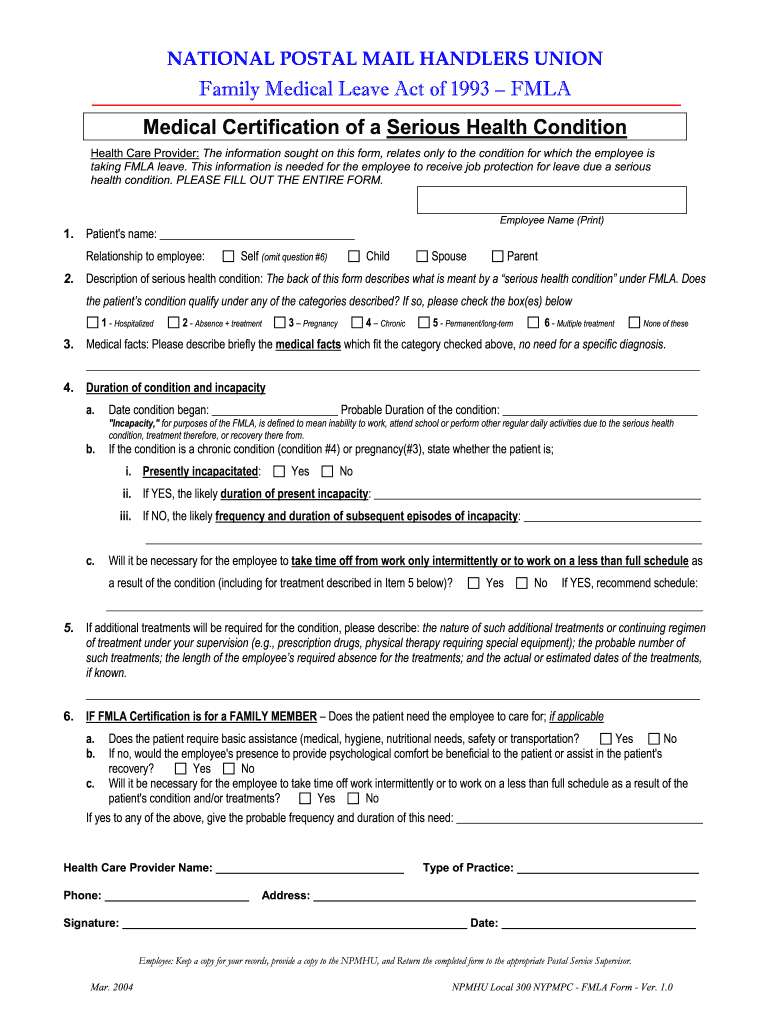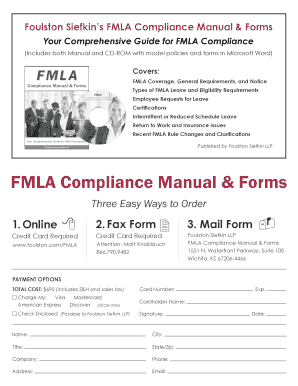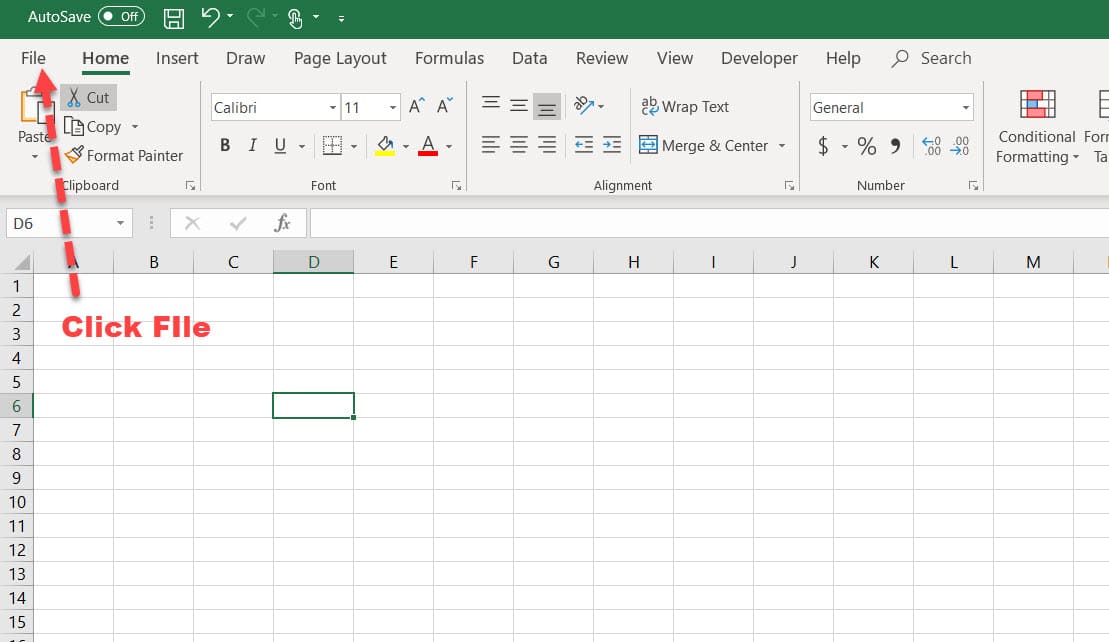FMLA Paperwork Guide for Special Needs Child Care

Understanding and managing the Family and Medical Leave Act (FMLA) paperwork can seem daunting, especially when it involves providing care for a child with special needs. Whether you're seeking to take time off work or arranging for a reduced schedule, knowing how to navigate this legal framework can save you time, reduce stress, and ensure that your leave is legally protected. This guide will walk you through the steps to secure FMLA leave for your special needs child care, ensuring you're well-informed and prepared.
The Basics of FMLA

Before diving into the specifics of FMLA paperwork, it's essential to understand what FMLA entails:
- Eligibility: Employees must have worked for a covered employer for at least 12 months, with at least 1,250 hours worked during the previous 12 months.
- Leave Entitlement: Eligible employees can take up to 12 weeks of unpaid leave within a 12-month period for certain family and medical reasons.
- Covered Reasons: This includes serious health conditions that make the employee unable to perform the functions of their job, including care for a spouse, child, or parent with a serious health condition.

Identifying if Your Child's Condition Qualifies

The first step in securing FMLA leave for child care is determining if your child's condition meets the definition of a "serious health condition" under FMLA. Here are conditions commonly recognized:
- Inpatient care
- Chronic conditions requiring treatments
- Chronic conditions causing occasional periods of incapacity
- Permanent or long-term conditions for which treatment might not be effective
- Conditions requiring multiple treatments
Understanding this helps in preparing the documentation needed.
Collecting Necessary Documentation

To successfully apply for FMLA leave, you'll need:
- Certification from Healthcare Provider: This should detail the child's health condition, the care required, and the duration. Employers can provide Form WH-380 for this certification.
- Medical Records: Supporting documentation or medical records from the healthcare provider.
- Personal Documentation: Proof of the employee's relationship to the child and other relevant information.
📌 Note: Ensure all forms are filled accurately, as incomplete or vague documentation might delay or deny leave.
Steps to Apply for FMLA Leave

Here's a step-by-step guide:
- Notify Your Employer: Inform your HR or supervisor about your intent to take FMLA leave. This notification should be timely to allow for planning.
- Complete the Employer's Application: Fill out any FMLA application forms provided by your employer.
- Obtain Healthcare Provider Certification: Have your child's doctor complete the Certification of Health Care Provider for Family Member's Serious Health Condition (Form WH-380).
- Submit Documentation: Hand in all required documents to your HR department or the designated FMLA coordinator.
- Confirmation: Await confirmation of your leave. Employers have five business days to approve or deny the request.
| Form | Purpose |
|---|---|
| WH-380 | Certification of Health Care Provider for Family Member's Serious Health Condition |
| WH-381 | Employee's FMLA request form (Employer might have a specific form) |
| WH-384 | Employee’s notification to employer of the need for FMLA leave |

Managing Intermittent Leave

If your child's condition requires ongoing treatment or periods of incapacitation:
- Intermittent leave might be appropriate.
- Submit forms detailing the frequency, duration, and schedule of leave required.
- Employers can request recertification if the leave pattern changes.
🔍 Note: Intermittent leave should be planned in advance whenever possible to minimize disruption in the workplace.
Returning to Work

After your leave:
- Ensure Clear Communication: Discuss your return with your employer beforehand.
- Fitness-for-Duty Certification: Depending on the type of leave, you might need to provide a fitness-for-duty certification.
- Reintegration: Consider how your role might have changed or any training needed to get up to speed.
In summary, navigating the FMLA process for child care can be complex but is manageable with the right preparation and understanding. By ensuring you have all the necessary documentation, following the correct procedures, and communicating effectively with your employer, you can secure the leave needed to care for your child with special needs. Remember, this process is not only about taking time away from work but also about protecting your rights under the law to balance work and family responsibilities effectively.
What if my employer denies my FMLA request?

+
Your employer might deny your request for various reasons, such as not meeting the eligibility criteria, inadequate documentation, or the condition not qualifying as a serious health condition. You can appeal this decision by providing additional documentation or discussing it further with HR or your employer’s FMLA coordinator.
Can I take FMLA leave if my child’s condition is already stable?

+
If the child’s condition might require subsequent treatment or might deteriorate, or if treatment is needed to prevent an otherwise serious condition from developing, you might still be eligible for FMLA leave. Always check with a healthcare provider to confirm the seriousness of the condition.
Do I have to use all of my FMLA leave at once?

+
No, you can take FMLA leave intermittently. This means you can take leaves as needed, which is particularly useful when a child’s condition requires ongoing care or periodic medical treatments.



